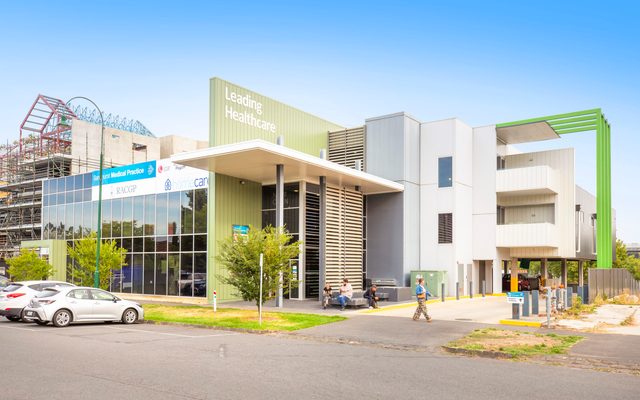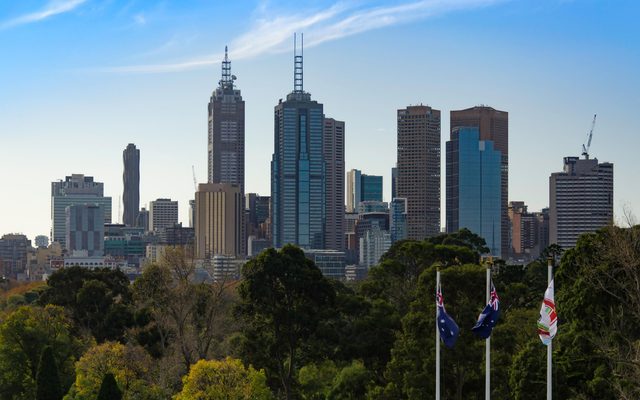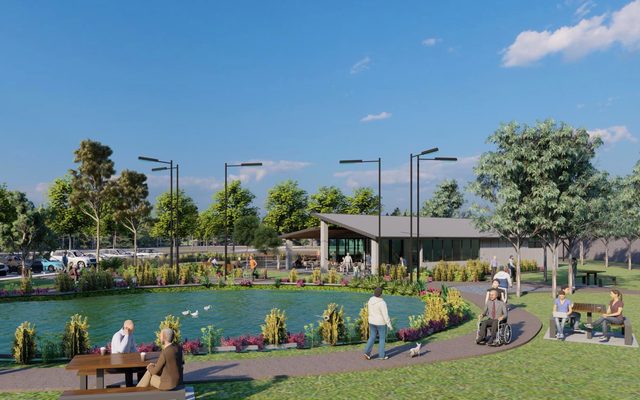This article is from the Australian Property Journal archive
THE new Labor government has sworn in its new team with Prime Minister Anthony Albanese elevating housing to the front bench, as affordability worsens whilst home builders face challenges with rising cost of building materials and supply chain disruption.
Housing
Tasmanian Labor MP Julie Collins has been sworn in as the Minister for Housing, Minister for Homelessness and Minister for Small Business.
The move highlights how affordable housing is finally getting attention as many Australians believe the great Australian dream of home ownership is slipping away, particularly for frontline workers such as nurses, emergency services workers and police.
Australians need to save for at least eight years for a first home deposit, according to Domain, while over 40% of voters in most Sydney, Brisbane and Melbourne electorates are experiencing rent and mortgage stress.
Minister Collins will have a mammoth task of overseeing the Help to Buy programme, First Home Loan Deposit scheme, as well as the landmark $10 billion Housing Australia Future Fund to deliver 30,000 social housing properties over its first five years, including 4,000 for new social housing homes for women and children experiencing domestic and family violence and older women on low incomes, and 10,000 affordable homes for frontline workers.
Collins said it was an immense privilege.
“I know how critical these issues are to our nation’s future and look forward to getting to work straight away,” she added.
The Property Council of Australia chief executive Ken Morrison said the decision to promote the new Housing Minister to the cabinet table was a symbolic and important move that set the scene for real action on the housing affordability crisis.
“Throughout the election campaign we saw candidates on all sides talking about housing affordability, and that’s because voters want and expect action on it.
“The formation of the Government’s promised Housing Affordability and Supply Council will no doubt be one of the Minister’s first priorities, and we look forward to that body bringing a sharp focus to improving national housing supply.” Morrison said.
The Urban Taskforce’s chief executive Tom Forrest said the elevation of the housing and homeless portfolio into inner cabinet is a long overdue acknowledgement of the central importance of housing supply and housing affordability to the lives of all Australians.
“For too long, the Commonwealth has been absent from the field, instead leaving the planning systems and housing supply to the States. Now we have housing supply and affordability crisis.
“This has resulted in a housing supply crisis and has contributed significantly to an affordability crisis. New home prices have skyrocketed across the nation. That has flowed onto rents which ,in many areas, are rising so fast that those least able to bare the increase in costs are being forced out of their homes. This, in turn, puts pressure on the supply of social and affordable housing,” he added.
Forrest said the solutions will be multi-faceted and will target additional social housing, incentives for more affordable housing as well and increased supply in the general housing market.
“It all starts with planning systems and infrastructure in the States and local Councils not keeping up with demand. It is great to see the Prime Minister Albanese’s genuine interest in this field.
“Having a Minister for Housing and Homeless ness in the Cabinet and the plans to establish a National Housing Supply and Affordability Council will be critical to holding all governments to account.” Forrest said.
Senator Malarndirri McCarthy, the assistant minister for Indigenous Australians and the assistant minister for Indigenous Health, also highlighted the importance of housing for First Nations people.
“We do see it, under Anthony Albanese as critical to all these other factors especially health related factors — poverty, the need for our children to be educated, knowing they can sleep well at home so it’s a really good direction,” she told the ABC.
Trade and Immigration
South Australian Senator Don Farrell has been named Minister for Trade and Tourism and Andrew Giles as Minister for Immigration, Citizenship and Multicultural Affairs.
There have been several high-profile Australian builders collapses in recent months as supply chain disruption, skyrocketing cost of construction materials and labour shortages have heaped pressure on the construction industry.
Last year Infrastructure Australia warned construction sector labour shortages will peak in mid-2023 with 105,000 unfulfilled roles, or 48% higher than projected supplier.
Morrison said ensuring Australia has the people to fill the acute skills crisis facing many businesses will need to be an early priority of government.
“We welcome Andrew Giles’ appointment to the immigration portfolio to turn the net overseas migration tap from a trickle into a flowing stream of skilled workers and students that this country badly needs.”
Recent ABS data shows rising materials and labour costs are dragging down new dwelling approvals, with the latest official figures showing a great than expected fall in approvals in April.
At the same time BIS Oxford Economics reveals that labour shortages, materials and supply chain constraints have pushed the cost of building a new home by $76,715 in April, which is expected to be passed on to home buyers, further worsening housing affordability.
It comes after building materials supplier Southern Star Windows’ boss Paul Armstrong told Australian Property Journal that the cost of timber had risen by at least 35%, along with rises in aluminium and glass.
But the worst is yet to come, with costs expected to continue to rise, making fixed price contracts unprofitable. Charter Keck Cramer associate director Richard Temlett said industry sentiment is that building costs will increase by around another 10 to 15% over the next 12 months.
National Disability Insurance Scheme and Specialist Disability Accommodation (SDA)
Victorian MP Bill Shorten is taking on the National Disability Insurance Scheme (NDIS) portfolio.
Albanese said during the election, a Labor government would restore trust in the NDIS for 4.4 million Australians.
A major component of the NDIS is Specialist Disability Accommodation (SDA), Minister Shorten will be tasked with investigating the $500 million underspend to ensure people with disability can access appropriate housing.
A report in November last year shows demand for NDIS services will more than triple by 2023, however the current supply of SDA cannot meet the projected future needs.
According to Health Care Providers Association (HCPA), although the $22 billion SDA sector is rapidly growing, billions of dollars in available government funding remains untouched and the majority of suitable investors remain unaware that such funding exists.
The Department of Social Services revealed the forecast of demand for NDIS services across Australia and the capital available to service it, with the forecasts revealing that both are set to more than triple by 2023.
- Melbourne CBD (postcode 3000) expects to see a rise in available funding from $240,000 in June 2020 to $1,263,100 by June 2023
- Sydney South (postcode 2000) expects to see a rise in available funding from $160,000 in June 2020 to $705,000 by June 2023
- Brisbane CBD (postcode 4000) expects to see a rise in available funding from $210,000 in June 2020 to $666,800 by June 2023
Aged care
Mark Butler is the new Minister of Health and Aged Care.
The aged care sector remains chronically underfunded after the royal commission found it was plagued by systemic problems including substandard care and abuse of elder Australians.
Commissioners Tony Pagone and Lynelle Briggs labelled Australia’s aged care system as a “piecemeal development”.
The commission said high quality and safe care is tied to adequate funding, which is insufficient and subject to the fiscal priorities of the government of the day.
A recent report by The Australian Aged Care Collaboration (AACC) found closures, workforce shortages and financial woes continue to plague the sector, with more than 60% of facilities found to be operating at a loss.
More Australians are living longer than ever before. It is projected that the number of Australians aged 85 years and over will increase from 515,700 in 2018–19 (2.0% of the Australian population) to more than 1.5 million by 2058 (3.7% of the population).




